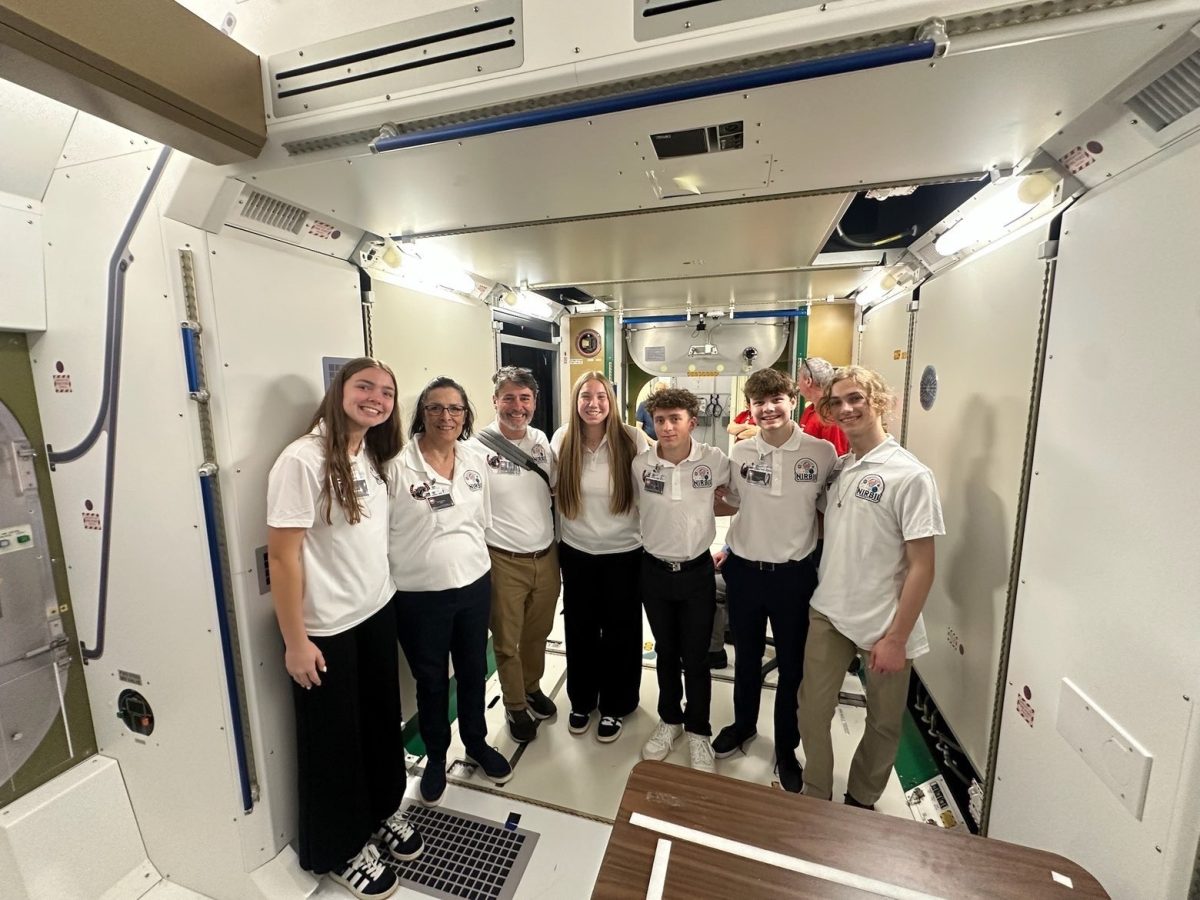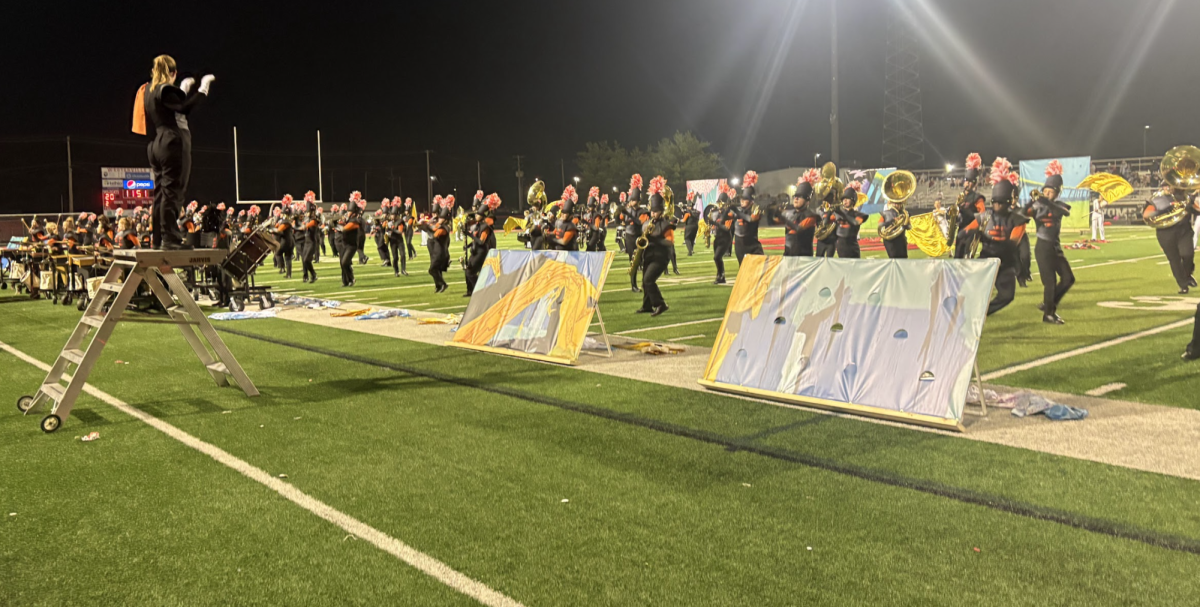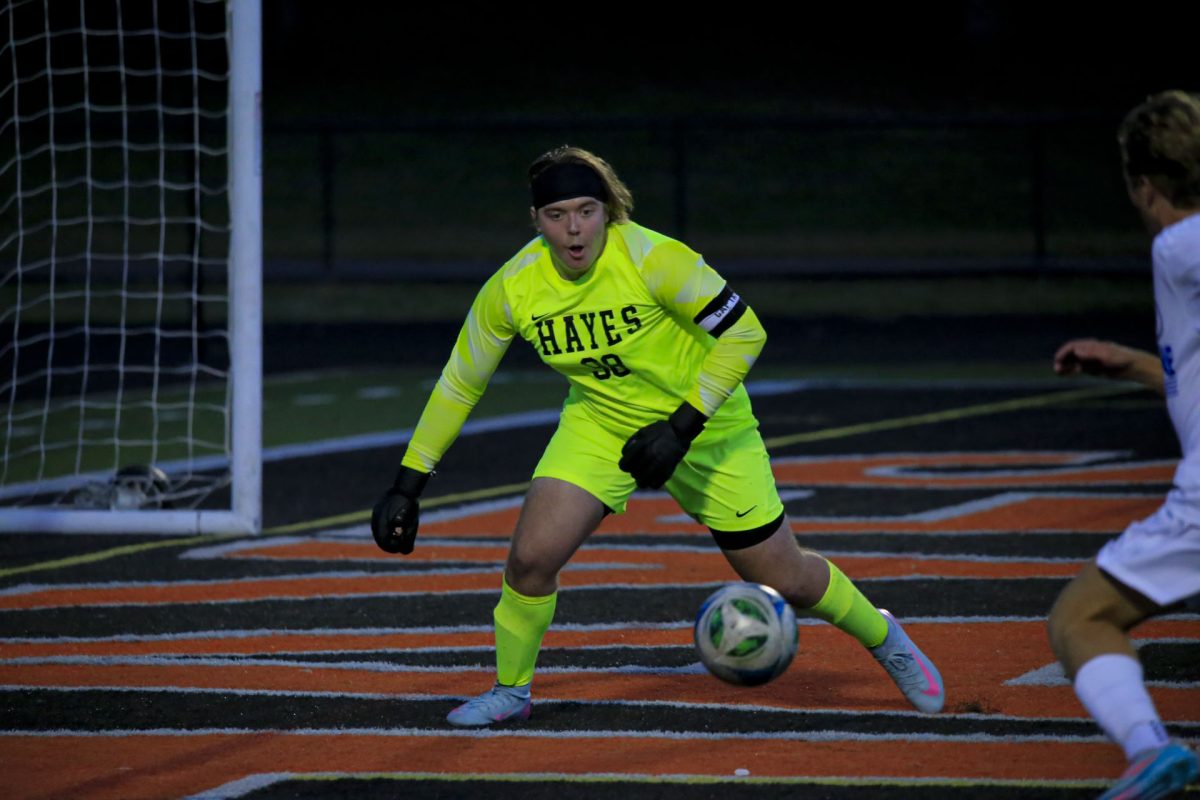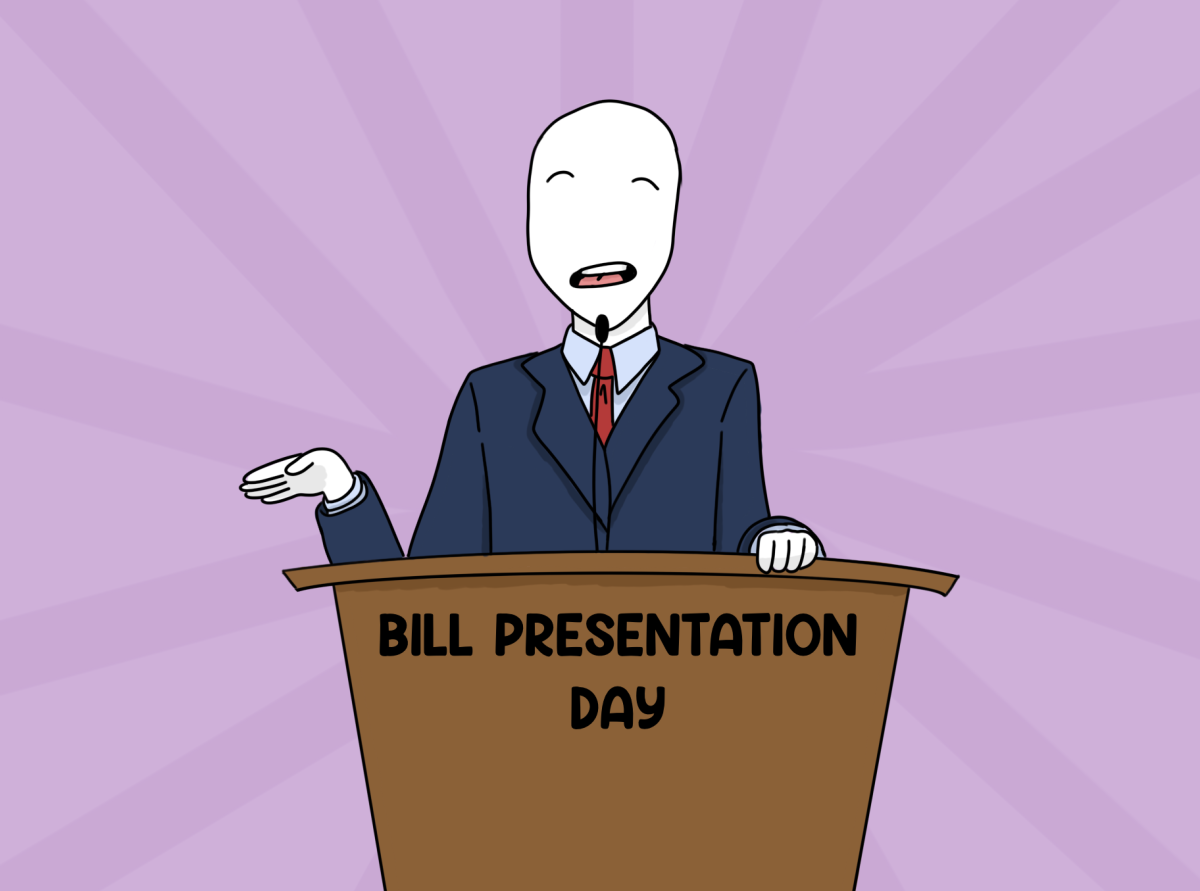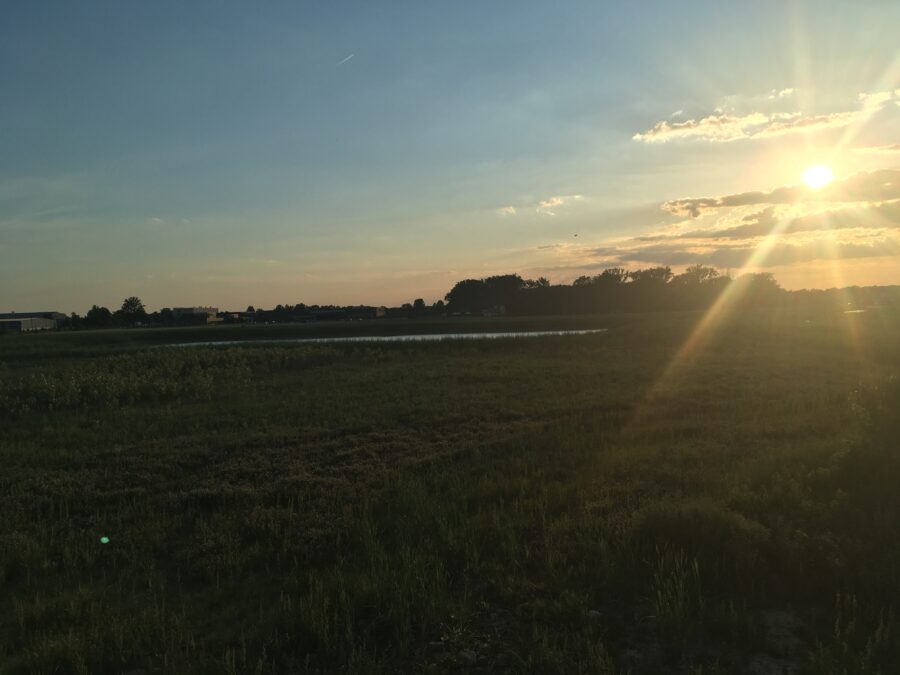Opinion: No need to ‘save’ daylight
The sun sets over a field in Delaware, one hour later than before due to daylight saving.
April 3, 2023
A car clock that’s off by an hour, and a sun that won’t go away at night. Around 70 countries observe some sort of daylight saving measures in order to utilize sunlight. But this practice has been gaining criticism, especially for those with early mornings.
Daylight saving originally came about in Germany during World War I as a means to conserve energy. In 1970, the U.S. was going through an energy crisis and thought that having more sun at night would help reduce energy consumption.
This twice yearly clock change has been a hot topic for years, with many U.S. citizens hating the inconveniences that it causes. One less hour of sun at night might not seem like a big deal but studies have shown an increase in car accidents as a result of daylight saving.
Some may prefer to keep this practice, but many think that getting rid of the time change and keeping the extra sun at night is most beneficial. Studies show that the bi-annual time change can lead to loss of sleep and worsened mood disorders. Having a standard cycle throughout the entire year is predicted to alleviate these problems.
Under the rain of complaints, the U.S. government actually responded. A measure called The Sunshine Protection Act was passed in the Senate on March 15, 2022; this legislation would have made the daylight saving time permanent and put an end to the biannual time change. However, the bill was more controversial in the House of Representatives, with it dying without them voting on it.
A consistent clock through the year seems to be mostly well received, but whether or not the extra hour of sun should be in the morning or evening is still debated. Pro-morning people worry for children’s safety, having to walk or drive to school in the dark can lead to more accidents, but pro-night people argue for the safety of those driving home at night.
The fight for the end to this practice is still strong, with Senator Marco Rubio reintroducing The Sunshine Protection Act to the House. So as the sun sets in the West, there is again hope for a consistent time that Americans see it.


